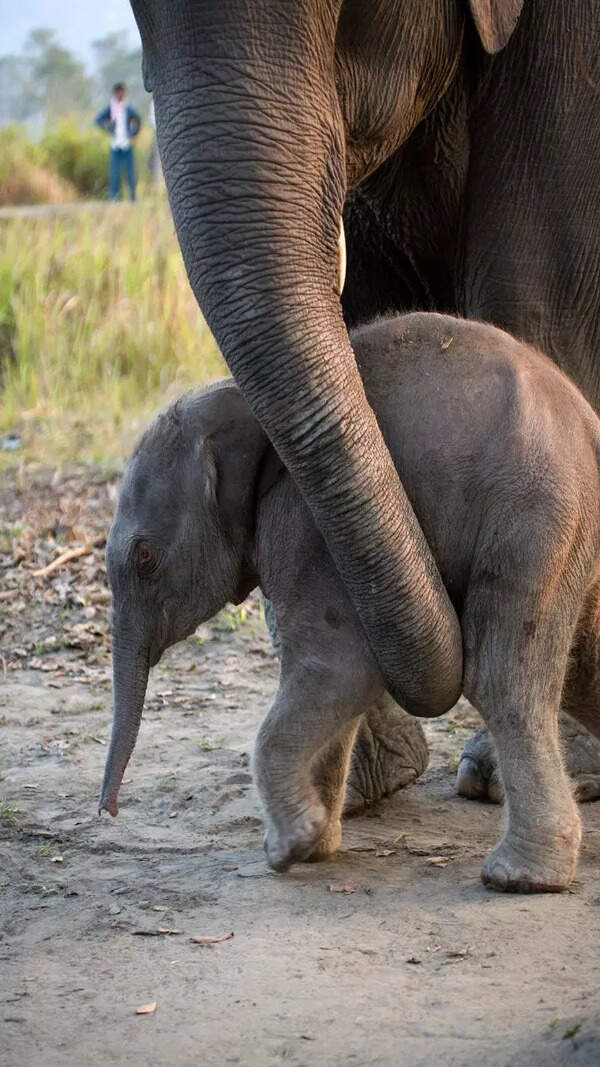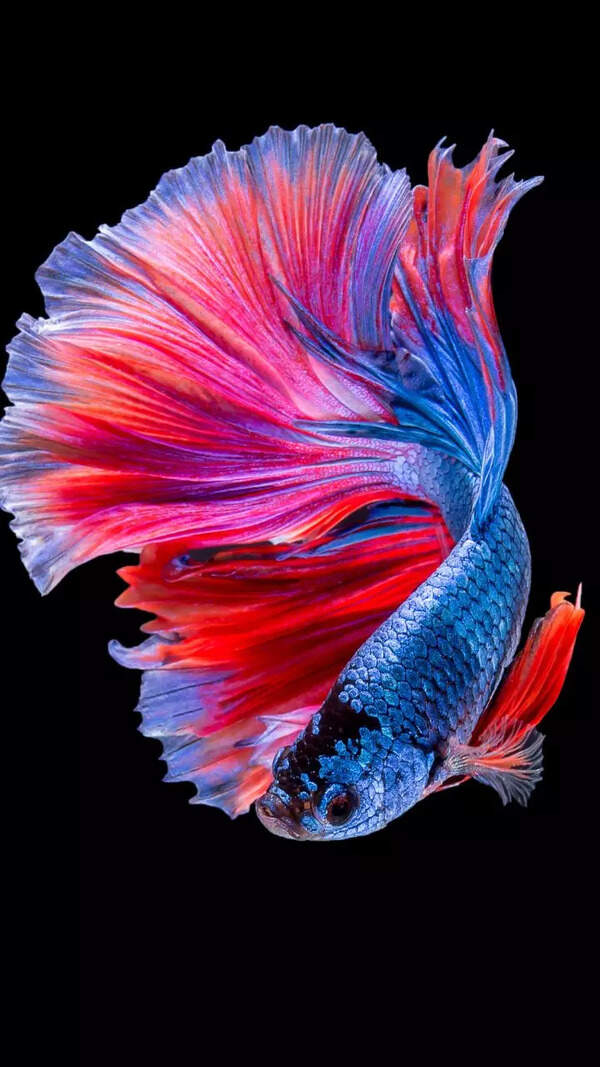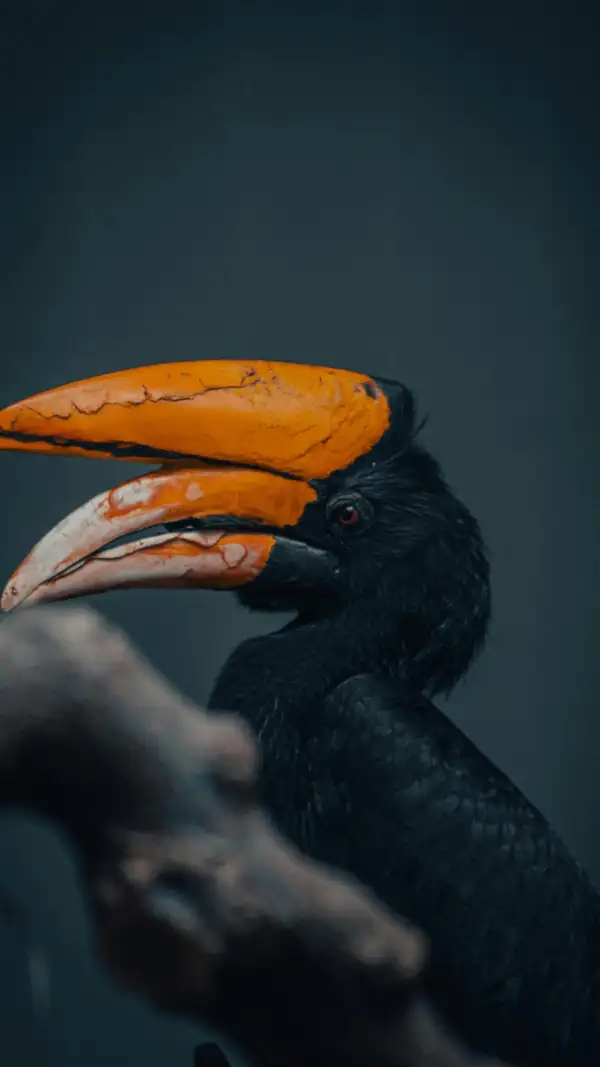99-million-year-old dinosaur tail found preserved inside amber fossil

Scientists uncover 99-million-year-old dinosaur tail preserved in amber
A polished piece of amber from Myanmar has revealed one of the most significant fossil discoveries in recent years– an exquisitely preserved feathered dinosaur tail dating back nearly 99 million years. The fossil was identified by Lida Xing from the China University of Geosciences in Beijing, who recognised that the amber contained not just plant material, but bones, feathers, and soft tissue, remarkably well-preserved in ancient resin from the dinosaur era.

Clear evidence of a feathered dinosaur
The research team confirmed that the fossil came from a feathered dinosaur, not a prehistoric bird. The bone structure of the tail clearly showed the difference.
“We can be sure of the source because the vertebrae are not fused into a rod or pygostyle as in modern birds and their closest relatives,” said Ryan McKellar of the Royal Saskatchewan Museum, who co-authored the study published in the journal Current Biology, as quoted by BBC News. He noted that the tail was flexible, with fine feathers arranged along both sides.
Interestingly, traces of internal fluids suggest the dinosaur was likely still alive when it became trapped in the tree resin. “There are signs the dinosaur still contained fluids when it was incorporated into the tree resin that eventually formed the amber,” McKellar added, as quoted by BBC News.
Image credit: X

Feathers, flesh, and traces of blood
The preserved feathers give scientists a better idea of how early feathers looked. They didn’t have the stiff centre seen in modern bird feathers but had branching parts like barbs and barbules. Tests also found traces of iron, which could mean blood once flowed through the tail.
Professor Mike Benton from the University of Bristol, a co-author of the study, said, as quoted by BBC News website: “It's amazing to see all the details of a dinosaur tail - the bones, flesh, skin, and feathers - and to imagine how this little fellow got his tail caught in the resin, and then presumably died because he could not wrestle free.”
Image credit: X

Three-dimensional preservation offers rare clarity
Although feathers have been found in amber before, this is the first time a dinosaur tail has been preserved in three dimensions. Most feathered dinosaur fossils are flattened in rock, making it harder to study their original shape.
Dr Paul Barrett from the Natural History Museum in London told BBC News, “Feathers have been recovered in amber before, so that aspect isn't new, but what this new specimen shows is the 3D arrangement of feathers in a Mesozoic dinosaur/bird for the first time.”
He also noted: “The new amber specimen confirms ideas from developmental biologists about the order in which some of the detailed features of modern feathers, such as barbs and barbules (the little hooks that hold the barbs together so that the feather can form a nice neat vane), would have appeared also.”
Image credit: X

Kachin amber: A fragile resource for science
The fossil comes from Kachin State in northern Myanmar, a region known for its rich amber deposits. While amber from this area has long been used for jewellery, it has gained scientific importance in recent years with the discovery of ancient insects and now, preserved vertebrates.
However, much of the amber is sold in jewellery markets, where important fossils may be overlooked, damaged, or lost. “The larger amber pieces often get broken up in the mining process. By the time we see them, they have often been turned into things like jewellery. We never know how much of the specimen has been missed,” McKellar said.
He further noted: “There have been other, anecdotal reports of similar specimens coming from the region. But if they disappear into private collections, then they're lost to science.”
Image credit: X

A fossil that brings new questions
Dr. Barrett described the fossil as a “beautiful specimen,” calling it “a really rare occurrence of vertebrate material in amber.” For scientists, this discovery offers new opportunities to study the structure and evolution of feathers in dinosaurs and could challenge some long-held ideas about their development.
Image credit: X








